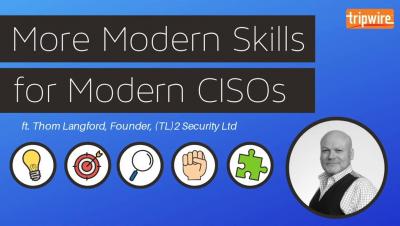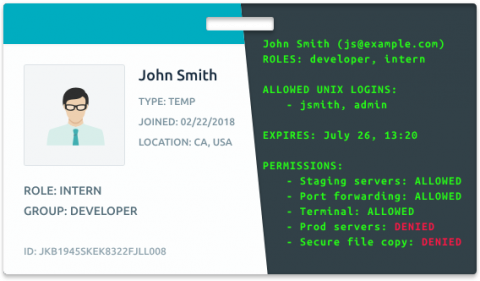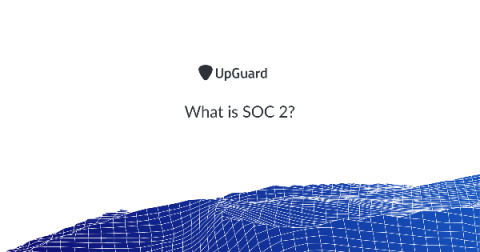Cyber Attack Risk Climbs in Latest WEF Regional Risk Report
Unsurprisingly, cyber attacks are growing in the business sector and not just in the United States but world-wide. Cyber-attacks represent the greatest risk in six out of ten of the top economies in the world. The report presented by the World Economic Forum discusses formjacking, cryptojacking, ransomware like LockerGoga and other cyber-attacks of which CEOs around the globe are starting to become more aware.









